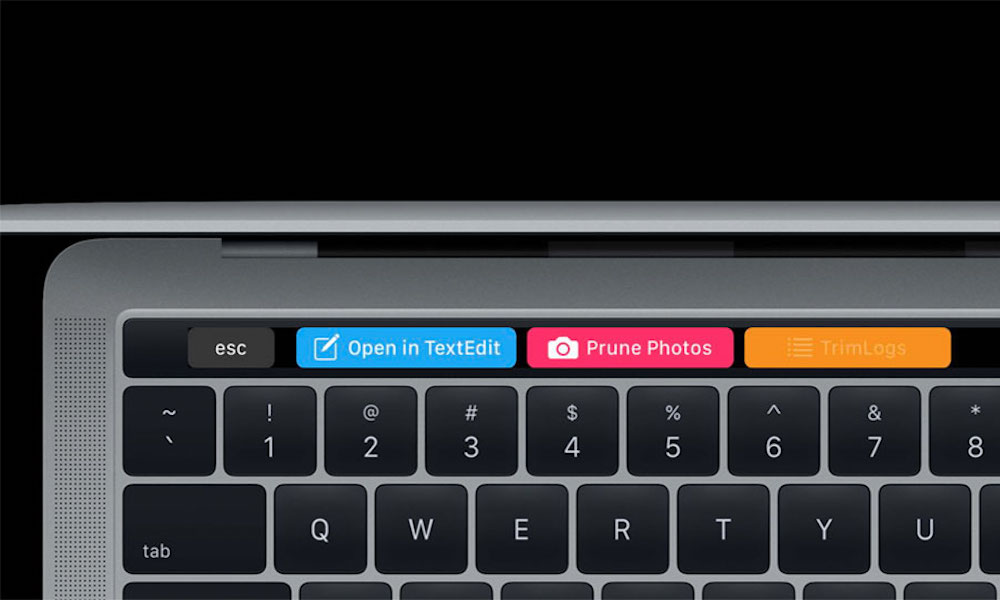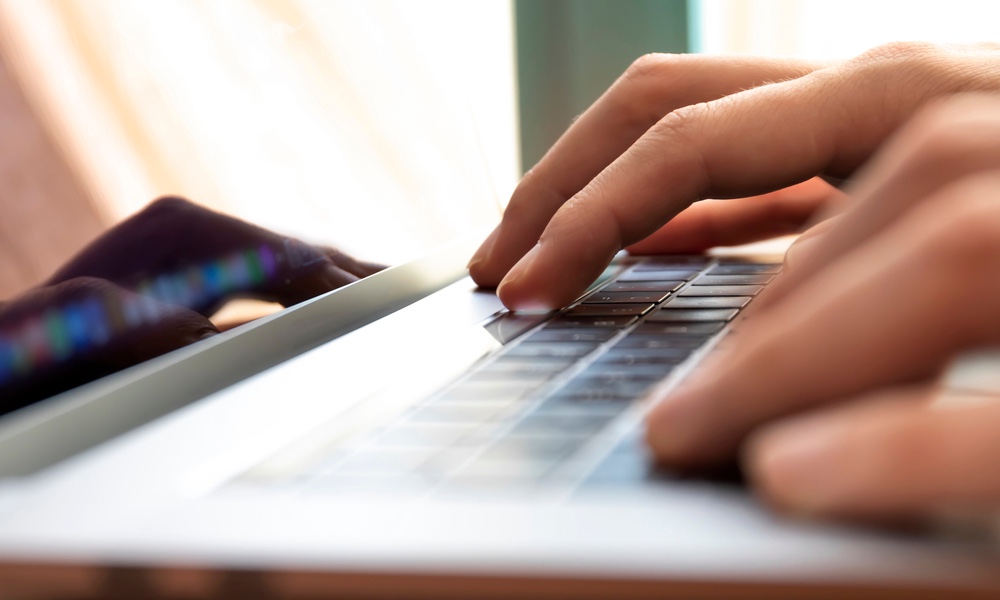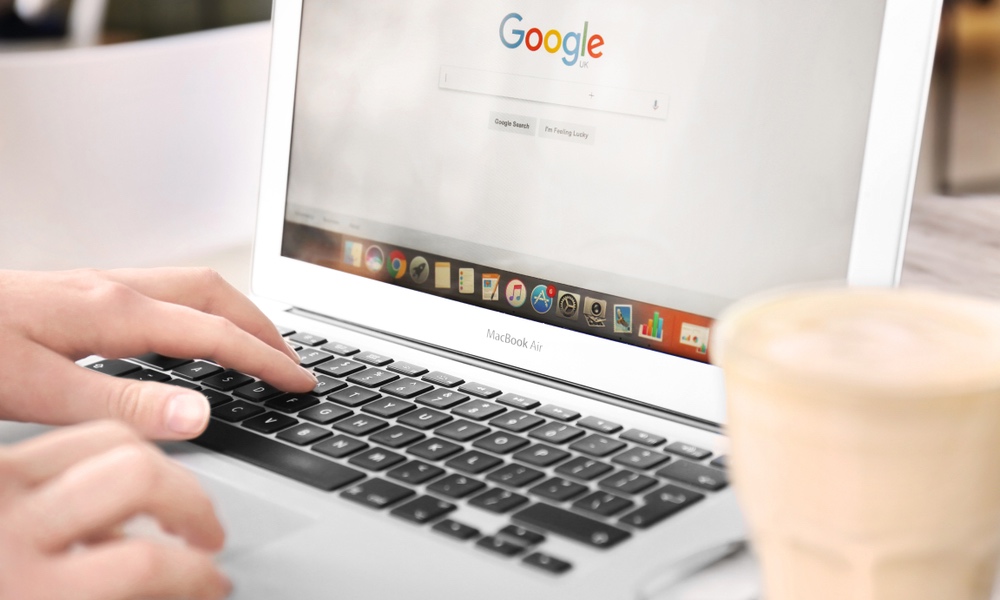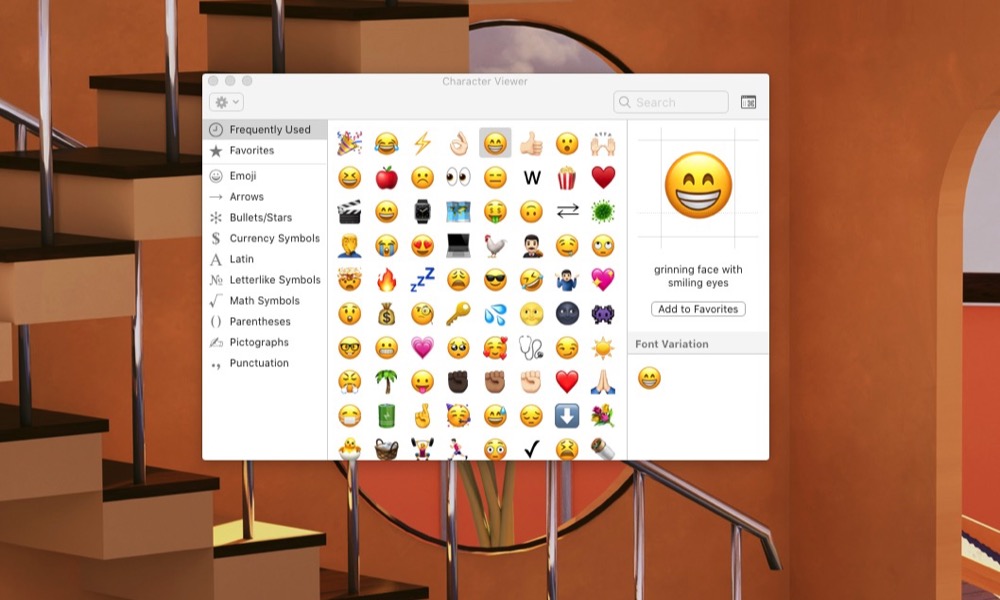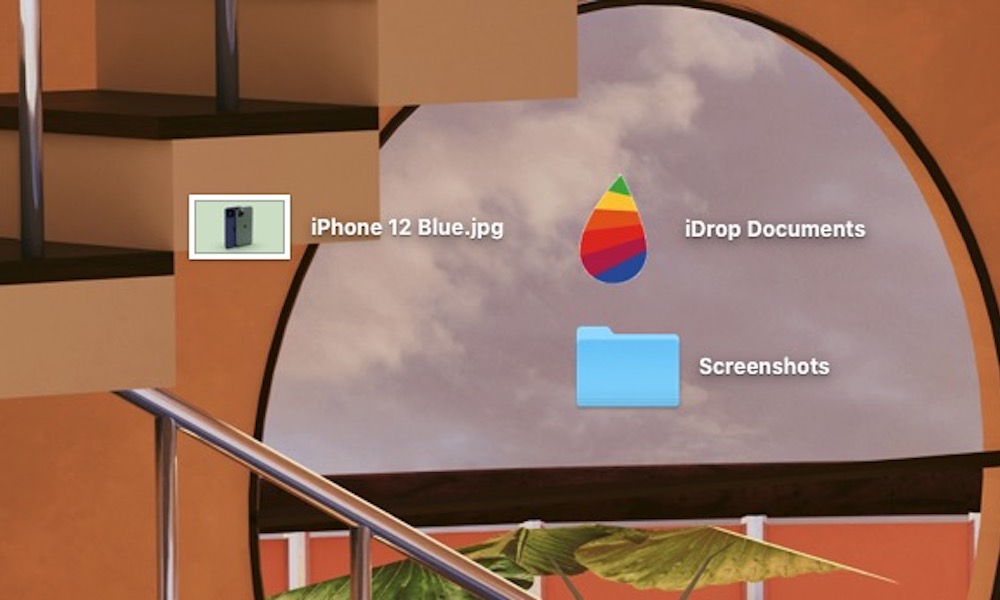5 Mac Features Most People Didn’t Even Know Existed
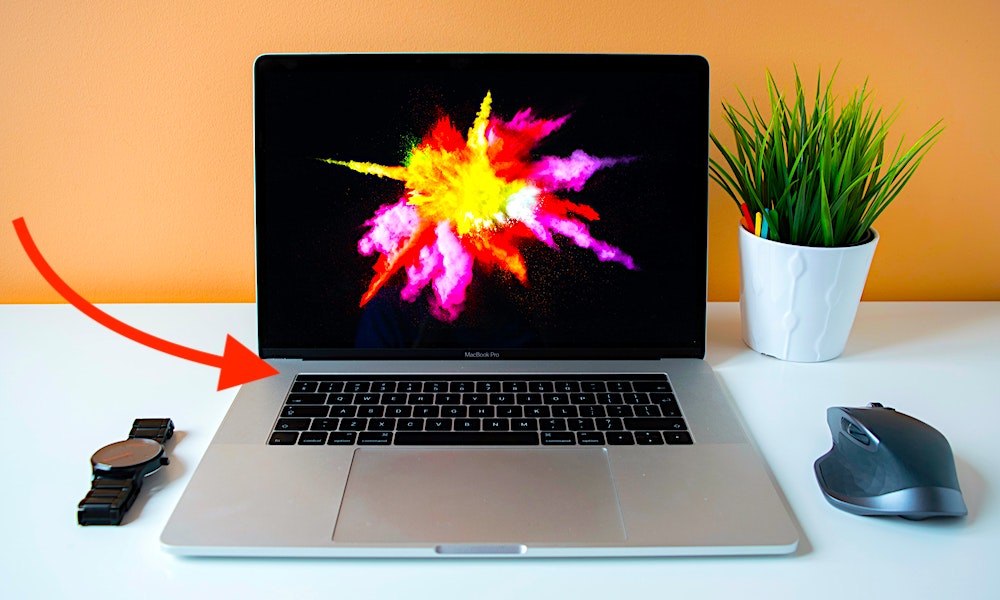 Credit: Raul Vazar / Unsplash
Credit: Raul Vazar / Unsplash
Most people use their MacBook to browse the web or send a few emails. These tasks only scratch the surface of what you can do with your Mac. Your Mac can be a timesaver and a useful productivity tool with just a little bit of know-how. If you want to move into the power user category, continue reading to learn five things most people didn't know they could do with their Mac.
Add Quick Actions to the Touch Bar
We've talked before about using Quick Actions to automate some of your workflows. Streamline your Mac experience even further by adding your Quick Actions to the Touch Bar on your Mac. Here's how you do it:
- Select the Apple menu in the upper left corner.
- Choose System Preferences, then click Extensions.
- On the left panel, click Touch Bar.
- Select the checkbox next to each action you want to be available from the Touch Bar.
- Click Customize Control Strip on the bottom right.
- Drag the Quick Actions button to the bottom of the screen until it appears in the Touch Bar. You can move it left or right to place it where you want.
- Click Done and the button will now be on your Touch Bar.
Lock Your Screen in an Instant
Need to step away from your Mac for a few minutes and want to lock your screen? It's easier to do than you realize. Press Control + Command(⌘) + Q, and your screen will immediately turn off. This keystroke combo works in newer versions of macOS such as macOS Catalina. If you are running an older version of macOS, you may have to try control + shift + power or even control + shift + eject if you have an optical drive.
Create Text Shortcuts
Do you type the same phrase over and over again throughout the day? Save some time by using the handy text replacement tool in macOS. Here's how.
- Click on the Apple menu in the upper left and select System Preferences.
- Click Keyboard, then click Text.
- NOTE: If you're working in an app, you can also jump right to the settings by selecting Edit > Substitutions > Show Substitutions. Then select Text Preferences.
- Click the Add button (+) in the lower-left corner and type the text you want to replace. You should put something like "&done" in the Replace section, with its replacement saying "Heading home for the day. See you tomorrow!" in the With section.
- When you are working in an app, try typing your "replace" phrase like &done and macOS will automatically replace it with "Heading home for the day. See you tomorrow!"
Add Emojis Quickly ðŸ˜
Who doesn't like to add emojis to an email or message? You can quickly call up the emoji menu by pressing Control + Command(⌘) + Spacebar from any window. Your emojis will be organized into categories with a section for the ones you use most often. Simply click on an emoji and it will be inserted into your document.
Design Custom Folder Icons
If you're like most people, you use folders to organize all your files. Make it easy to find folders by assigning an emoji or custom icon to each one. You could use a dollar sign for your finances folder and an office chair for your work folder. When browsing through your folders, you only have to look at the icon to find the one you want. It's a simple thing, but it can save you time and hassle, especially if you work with a lot of folders. Here's how to assign an icon.
- Find an emoji (or another image) that you want to use by searching Google or the search engine of your choice.
- Save the image you want to your Mac.
- Open the emoji in Preview and make the background transparent by selecting the Markup Tool, then the Magic Wand, and then clicking the image's background to select it.
- Select Edit > Cut to remove the background
- Use the selection tool to drag a box around the emoji.
- Click Edit > Select All. Then press Command + C to copy the emoji.
- Select the folder for the emoji and right-click on it.
- Then select Get Info to view the folder details.
- In the informational screen that pops up, select the blue folder icon in the upper-left corner.
- Press Command + V to paste your emoji onto the folder.
If you don't like how it looks, you can press Command + Z to undo.

